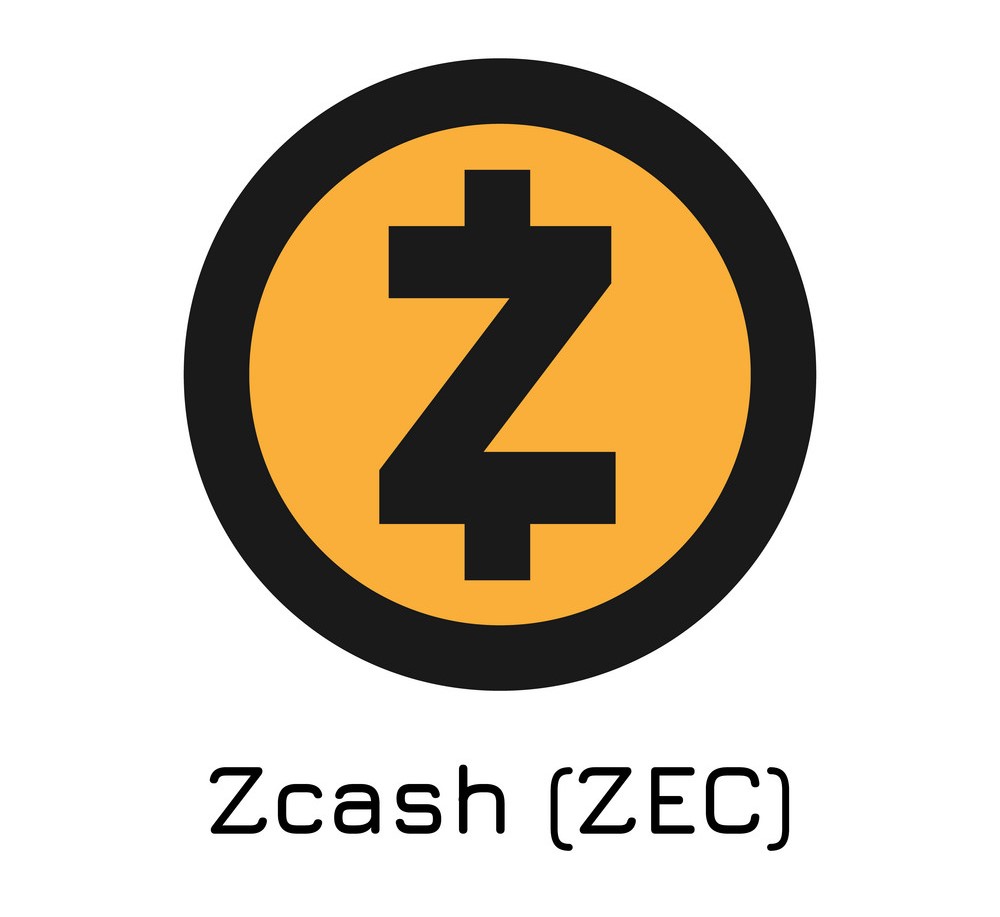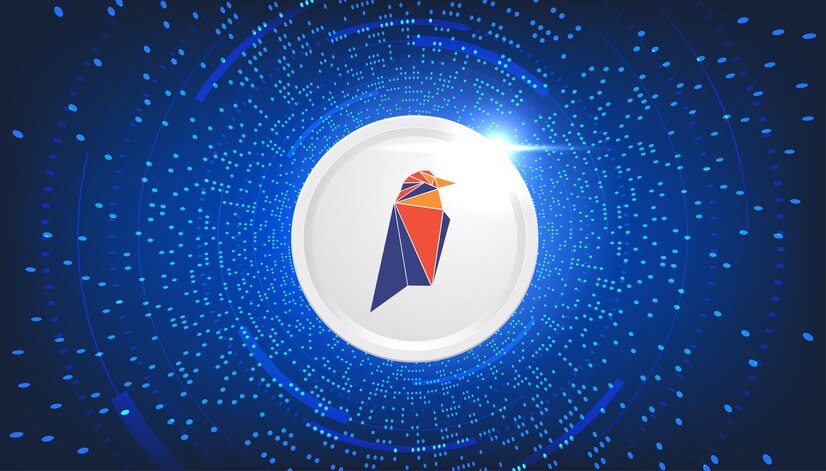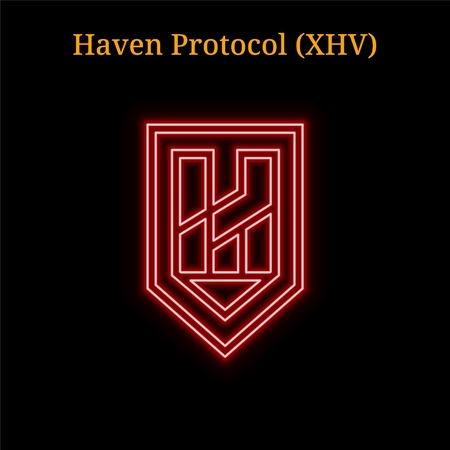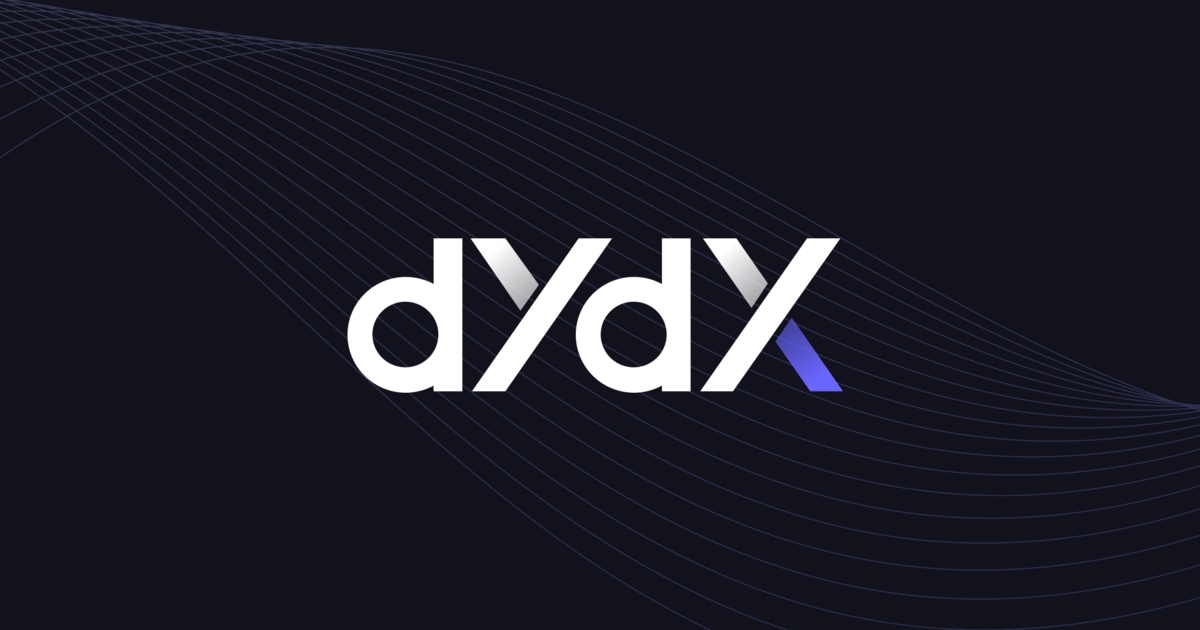Looking to expand your mining portfolio in 2024 – 2025? This guide highlights 11 new cryptos that offer profitable mining opportunities beyond Bitcoin.
Whether you’re a seasoned miner or new to the field, we’ll break down the fundamentals of crypto mining, explore cutting-edge blockchain technologies, and provide strategic insights to maximize your mining returns.
Crypto Mining
Cryptocurrency mining employs specialized computing resources to add blocks to a proof-of-work (PoW) blockchain. This process validates and records the latest transactions while simultaneously minting new digital tokens.
The first miner to identify the solution adds a new block to the blockchain and receives transaction fees and newly created cryptocurrency.
The Benefits of Mining New Cryptos
Here are some of the benefits of mining new cryptos in 2024 – 2025:
Lower Competition
Many new cryptocurrencies have a reduced number of miners, which simplifies the process of mining and earning rewards by reducing the network difficulty. Compared to established cryptocurrencies like Bitcoin, with a higher network difficulty, early miners of new cryptocurrencies typically receive higher rewards.
Potential Profitability
The potential for substantial price appreciation is present in new cryptocurrencies. Early miners capitalize on future price increases and enjoy reduced entry costs.
The mining of newer coins frequently necessitates less expensive and powerful hardware. This reduced initial investment renders it a more accessible and less risky alternative for miners.
Long-Term Growth Potential
Potential rewards are available through early mining. If a new cryptocurrency becomes popular, acquiring a substantial portion of its supply may be profitable at an early stage. The mining of new cryptos has the potential to revolutionize technology.
Diversification
The mining of numerous cryptocurrencies helps distribute risk across various assets, thereby diminishing dependence on established coins such as Bitcoin. Diversification enables the mitigation of market fluctuations. A successful new cryptocurrency can mitigate potential losses in other portfolio holdings.
Support for New Projects
Mining a new cryptocurrency improves the project’s network security and development. By engaging in the initiative, you assist in its accomplishment and the development of its community.
Many new cryptocurrencies have vibrant communities where early miners can influence the project’s governance, development, and direction.
The market influence of new cryptocurrencies has significantly increased. In contrast to established currencies such as Bitcoin, early adopters and miners can substantially influence the ecosystem.
New cryptocurrencies present unique market opportunities. Concentrating on particular applications enables miners to contribute meaningfully to developing emergent sectors within the crypto industry.
Let’s take a look at the key mining concepts
Key Mining Concepts
Here are the key mining concepts to note if you are considering new cryptos to mine in 2024 – 2025:
- Proof of Work (PoW)
Proof of Work is a consensus algorithm employed in blockchain networks to verify transactions and protect the network. Miners resolve intricate cryptographic puzzles to produce new entries for the blockchain.
Miners engage in a competition to resolve intricate puzzles by employing rapid calculations. The initial individual to solve the riddle contributes a new block to the blockchain and receives cryptocurrency as compensation.
By necessitating an enormous computational effort to modify data, Proof of Work (PoW) safeguards blockchains.
- Hash Rates
Hashrate measures the computational power used to process blockchain transactions. It’s measured in hashes per second (H/s); higher values indicate greater processing speed.
Types of Hashrates
- H/s (Hashes per Second): Basic unit of measurement.
- KH/s (Kilohashes per Second): 1,000 hashes per second.
- MH/s (Megahashes per Second): 1,000,000 hashes per second.
- GH/s (Gigahashes per Second): 1,000,000,000 hashes per second.
- TH/s (Terahashes per Second): 1,000,000,000,000 hashes per second.
A higher hash rate enhances the probability of a miner earning rewards, which enhances their capacity to solve cryptographic puzzles. Maintaining a balance between hash rate, electricity consumption, and costs is essential to optimize mining efficacy and profitability.
- Mining Difficulty
The mining difficulty measures the difficulty in resolving the cryptographic conundrum required to add a new block to the blockchain. It is periodically adjusted following network conditions.
As more miners join the network, the difficulty increases to ensure that blocks are added consistently (e.g., every 10 minutes for Bitcoin).
Conversely, if miners leave or computational power decreases, the difficulty of maintaining the block creation rate will decrease.
- Energy Consumption
Energy consumption in mining is the electricity used to power mining hardware and solve cryptographic puzzles.
Factors Influencing Energy Consumption:
- Hashrate: Higher hashrates require more computational power and, therefore, more energy.
- Rig Efficiency: The energy efficiency of the mining hardware, often measured as the power consumption per hashrate unit (e.g., watts per terahash).
- Cooling Systems: Additional energy is required for cooling systems to maintain optimal operating temperatures for mining rigs.
Pros of Cryptocurrency Mining
Before we discuss the 11 new cryptos to mine in 2024 – 2025, let’s look at some of the general advantages and disadvantages of crypto mining:
- Cryptocurrency mining is essential for blockchain operations. It generates new tokens and processes transactions for proof-of-work systems such as Bitcoin.
- Blockchain security is also supported by mining. The decentralized nature of mining enhances the network’s overall security, making it challenging to compromise.
- Crypto mining provides an efficient reward system. Successful miners receive transaction fees and new digital assets to add blocks to the blockchain.
- Global economic opportunities are generated by mining. Mining can be particularly profitable in regions with low electricity costs, as it is accessible to tech-savvy individuals.
Cons of Cryptocurrency Mining
Some of the disadvantages of crypto mining include the following:
- The mining of cryptocurrency is a highly energy-intensive process. It consumes an immense quantity of electricity, comparable to certain countries’ energy consumption. Because of the intense competition, popular blockchains with more miners necessitate an even more significant amount of energy.
- Mining apparatus is expensive. Most individuals cannot begin mining due to the prohibitive cost of specialized hardware, which is a substantial entry barrier.
- The high energy consumption and dependence on non-renewable energy sources of crypto mining have a substantial adverse environmental impact, contributing to greenhouse gas emissions.
- Mining is a technologically intricate process that necessitates specialized hardware and software expertise. These technical obstacles restrict entry into the industry.
- Decreasing Profitability: Over time, the profitability of cryptocurrency mining is diminishing as a result of reduced block rewards and heightened competition. Miners must frequently allocate additional capital toward more costly hardware to preserve their market position.
- Tax Challenges: Complex tax obligations may result from cryptocurrency processing. Many miners find it difficult to disclose their mining income accurately and adhere to diverse tax regulations.
- Potential Security Hazards: Miners are susceptible to security threats, including malware and cyberattacks, which can result in data intrusions and cryptocurrency theft.
- Financial and Operational Hazards: Operational and financial hazards are inherent in the cryptocurrency processing industry. Downtime, costly maintenance, and financial instability may result from hardware failures, obsolescence, and fluctuating cryptocurrency and electricity prices.
11 New Cryptos to Mine in 2024 – 2025
The most accessible cryptocurrency to mine doesn’t require extensive mining hardware. Below are 11 new cryptos to mine in 2024 – 2025:
| Cryptocurrency | Mining rewards per block | Mining algorithm | Hardware requirements |
| Monero (XMR) | 0.6 XMR | Randomx | CPU or GPU (ASIC-resistant) |
| Zcash (ZEC) | 3.125 ZEC (due to halve this year) | Equihash | GPU, but ASIC recommended |
| Dogecoin (DOGE) | 10,000 DOGE | Scrypt | ASIC solo, GPU in pools |
| Ethereum Classic (ETC) | 2.5 ETC | Etchash | GPU, but ASIC recommended |
| Litecoin (LTC) | 6.25 LTC | Scrypt | GPU, but ASIC recommended |
| Dash (DASH) | 2.30967229 DASH (halves approx. every 365 days) | X11 | GPU, but ASIC recommended |
| Grin (GRIN) | 60 GRIN | Cuckatoo32+ and Cuckaroo29 | GPU or ASIC depending on algorithm |
| Vertcoin (VRT) | 12.50 VTC | Lyra2RE(v3) | CPU or GPU (ASIC-resistant) |
| Ravencoin (RVN) | 2,500 RVN | KAWPOW | CPU or GPU (ASIC-resistant) |
| Horizen (ZEN) | Varies (approximately 20 ZEN) | Equihash (Equihash-BTG) | ASICs (e.g., Antminer Z11) or high-performance GPUs |
| Haven Protocol (XHV) | Varies (approximately 1.2 XHV) | Cryptonight (RandomX) | High-performance CPUs or GPUs; ASIC miners are not effective |
Monero (XMR)
Monero, one of the 11 new cryptos to mine in 2024-2025, is a privacy coin designed to enable anonymous and seamless transactions. It uses a CPU-friendly mining algorithm resistant to ASICs, preventing the centralization of mining power. Consequently, it is a popular choice among home miners.

Zcash (ZEC)
Zcash is a cryptocurrency that prioritizes privacy and is based on the technology of Bitcoin, which includes its halving mechanism. Technically, GPUs can be used to mine; however, profitability is minimal. The community’s decision to prioritize profitability over ASIC resistance in 2021 has rendered ASIC machines the most efficient mining option for Zcash.

Dogecoin (DOGE)
Dogecoin, which is regarded as the first memecoin, has developed into a cryptocurrency that has the potential to be profitable to mine. Although GPU standalone mining is difficult due to competition, it may be more efficient to employ an ASIC miner or participate in a Dogecoin mining pool with a GPU.

Ethereum Classic (ETC)
Ethereum Classic resulted from a 2016 Ethereum schism precipitated by the DAO breach (a smart contract on the Ethereum blockchain). In contrast to Ethereum, it employs a Proof-of-Work consensus mechanism.
ASIC miners typically obtain superior results despite GPU mining being feasible due to the reduced difficulty of pre-PoS Ethereum.

Litecoin (LTC)
Litecoin, one of the earliest cryptocurrencies, functions as an alternative to Bitcoin by utilizing the same code with modifications to improve blockchain efficacy.
The profitability of solo mining Litecoin is minimal, and it is improbable that success will be achieved with a GPU. Consequently, joining a mining pool and utilizing a dedicated ASIC device is advisable.

Dash (DASH)
Dash was created as a Bitcoin variant to resolve privacy and transaction speed concerns. The cryptocurrency is still GPU-mineable, which makes it accessible to home miners. However, ASIC miners achieve higher profitability.

Grin (GRIN)
Grin, a cryptocurrency that prioritizes privacy and was introduced in 2019, provides mining flexibility using two algorithms: Cuckatoo32+, ASIC-friendly, and Cuckaroo29, ASIC-resistant. This enables miners to employ both ASIC and GPU devices.

Vertcoin (VTC)
Vertcoin is a Bitcoin derivative prioritizing decentralization through an ASIC-resistant mining algorithm. This makes it a GPU-friendly cryptocurrency with lower entry barriers for home miners.

Ravencoin (RVN)
Ravencoin is a blockchain platform that streamlines the creation and trading of tokens. Its ASIC-resistant KAWPOW algorithm makes it GPU and CPU-mineable, which is particularly alluring to home miners.

Horizen (ZEN)
The 2017 GPU-mineable cryptocurrency Horizen (ZEN) prioritizes data integrity and privacy while promoting real-world blockchain applications. Bitcoin and Ethereum are the primary factors influencing its price, which reached a high of $148 in December 2021. ZEN’s market capitalization and trading volume remain substantial despite fluctuations in price.

Haven Protocol (XHV)
Haven Protocol (XHV) is a cryptocurrency that prioritizes privacy and is based on Monero’s codebase. It is designed to be private and untraceable. It can generate private tokens within its ecosystem, including “XUSD” and other assets.
The protocol employs the RandomX algorithm for mining, which is intended to be more accessible to users with high-performance CPUs and resistant to ASICs.

While we’ve explored the 11 new cryptos to mine in 2024-2025, it’s crucial to understand the associated risks and challenges.
Potential Risks and Challenges in Mining New Cryptos
Mining new cryptos can be lucrative, but it also involves various risks and challenges that miners must consider as they choose new cryptos to mine in 2024 – 2025.
Market Volatility
Price fluctuations: These are characteristic of new cryptos. Rapid price fluctuations are precipitated by speculative trading, low market liquidity, and demand shifts. This volatility, in conjunction with the high operating costs, can substantially impact the profitability of mining.
ROI Uncertainty: Miners face losses when the mining cost exceeds the cryptocurrency’s value. It is challenging to forecast a consistent return on investment for new cryptocurrencies.
Difficulty Adjustment Lag: Price fluctuations and adjustment delays may affect profitability. The network may need to modify the difficulty more rapidly when prices decrease, resulting in reduced miner rewards despite increased effort.
Regulatory Uncertainty
Miners are frequently confronted with potential legal challenges and restrictions due to the absence of a distinct legal status for new cryptocurrencies. Governments may classify These coins as securities, which could result in regulatory obstacles.
Tax Implications: Unexpected tax liabilities can result from inconsistent or ambiguous tax regulations.
Bans and Restrictions: Mining operations may be disrupted by bans or restrictions on cryptocurrency mining, frequently motivated by environmental or financial concerns. Financial losses may ensue if miners are compelled to relocate or suspend operations.
Impact on Operations: Regulatory uncertainty may affect mining operations, as bans and restrictions can restrict the sale of mined coins and access to resources such as electricity and hardware, thereby impacting overall profitability.
Technological and Security Risks
51% Attacks: 51% attacks are more likely to target smaller cryptocurrencies. The blockchain can be manipulated, coins can be double-spent, and the network can be disrupted if a single entity gains over 50% of the network’s hash rate.
Smart contract bug: Financial losses, erosion of trust, and injury to the cryptocurrency’s value and community can result from exploiting smart contract bugs.
Hard Forks: The mining ecosystem may be disrupted by hard forks. Competing cryptocurrency versions may arise due to protocol modifications or disagreements within the development community.
This can perplex miners and diminish the value of their mining endeavors if the original chain is no longer supported.
Competition from New Algorithms: Existing mining operations are at risk due to the development of mining algorithms. Proof-of-stake or proof-of-space models have the potential to render specialized hardware obsolete, which could have an impact on profitability.
Obsolescence of Hardware: Cryptos resistant to current mining hardware may be introduced as the cryptocurrency landscape evolves. Producers could either invest in new equipment or exit the market, impacting their competitiveness and profitability.
Conclusion
Crypto mining is profitable, but market conditions, mining difficulty, and electricity costs influence the profit. Electricity costs are a critical factor due to the high consumption of energy.
Here at Protechbro, we advise miners to conduct an exhaustive assessment of their electricity expenditures. Furthermore, profitability is threatened by the escalating difficulty of mining due to network expansion. Comprehending the current and anticipated difficulty levels in successful mining operations is imperative.



